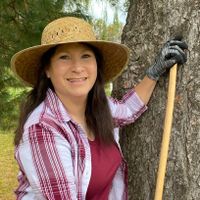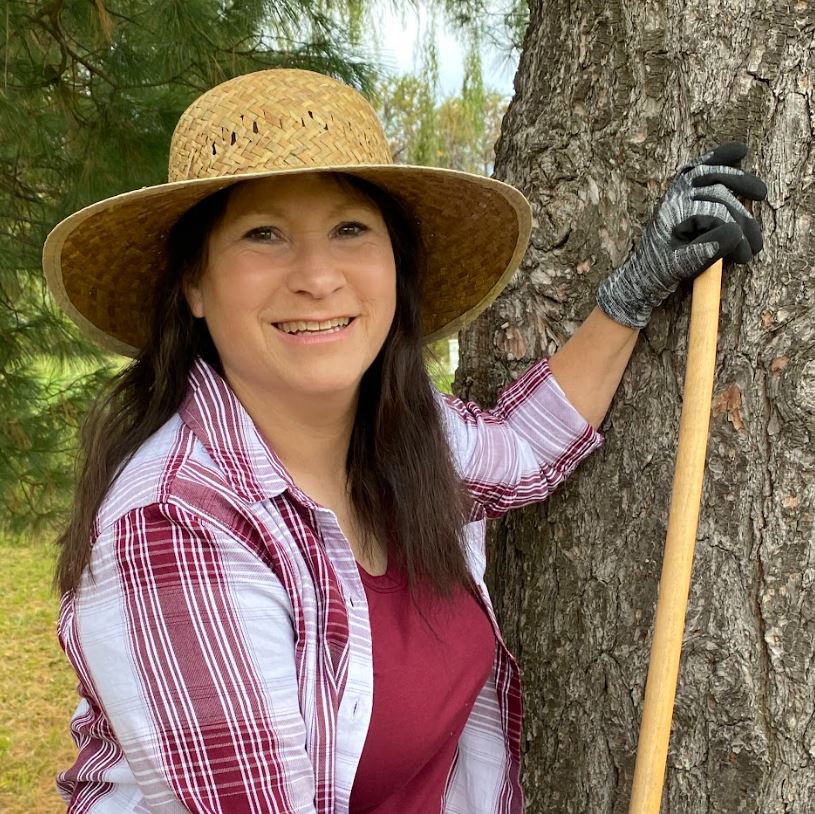Potted Wishbone Flower: Learn About Torenia Container Planting


Finding beautiful container flowers for a shady section of the patio can be challenging. You want plants which grow well in the confines of a pot yet produce a season long profusion of colorful flowers without the need for six to eight hours of daily direct sun. If a flowering plant with these qualities is what you've been searching for, consider container grown wishbone flowers (Torenia fournieri).
What is a Potted Wishbone Flower?
Named for its wishbone shaped stamen, these low-growing annuals are native to Asia and Africa. Other common nicknames include the clown flower or bluewing due to the bright colors of the petals. The trumpet-shaped throat of the wishbone flower is similar to that of its close relatives, the snapdragon and foxglove.
In native species, the brightly colored lilac blue and deep purple petals are highlighted by a yellow throat. Cultivated varieties have a wider color palette from which to choose including those with white, yellow, pink, or purple petals. Due to the long and prolific blooming season of torenia, container planting is a popular option for these brightly colored flowers.
How to Grow a Wishbone Flower in a Container
Wishbone flowers have either an upright or trailing growth habit. Which varieties you choose will depend upon the type of container you wish to fill. Upright varieties grow as a 6 to 12 inch (15-31 cm.) bushy type mound. They make ideal center flowers in large planters with other upright flowers. Use trailing varieties in hanging baskets, window boxes, or to cascade over the edges of standing planters.
Next, consider the selection and location of the planter. Container grown wishbone flowers can tolerate direct light but prefer to be protected from hot afternoon sun. They thrive best in a nutrient rich medium with a consistent moisture level. A large, light colored, plastic planter with plenty of drain holes makes an ideal home for your potted wishbone flower.
Finally, try applying fertilizer or working a slow-release fertilizer into the soil of container grown wishbone flowers. Due to their long and prolific flowering season, wishbone flowers tend to be heavy feeders. As the nutrients in the planter become depleted, growth and blossom vitality fades.
Best Torenia Container Planting Varieties
Whether you choose a trailing or upright variety, pinching back the growing tips encourages branching. This makes an upright variety bushier and creates multiple vines on trailing varieties. Consider these varieties when growing a wishbone flower in a container:
Sign up for the Gardening Know How newsletter today and receive a free copy of our e-book "How to Grow Delicious Tomatoes".
- Blue Moon – Violet tinted blue petals with magenta throats
- Catalina Gilded Grape – Yellow petals with purple throats
- Catalina Grape-o-licious – White petals with purple throats
- Catalina White Linen – Pure white blossoms with light yellow throats
- Kauai Rose – Bright and light pink petals with white throats
- Kauai Burgundy – Magenta petals with white edging and throats
- Midnight Blue – Deep blue with yellow throats
- Yellow Moon – Yellow petals with purple throats
Whichever variety you choose, you're sure to love the vibrant colors and easy-care requirements of container grown wishbone flowers.

Laura Miller has been gardening all her life. Holding a degree in Biology, Nutrition, and Agriculture, Laura's area of expertise is vegetables, herbs, and all things edible. She lives in Ohio.